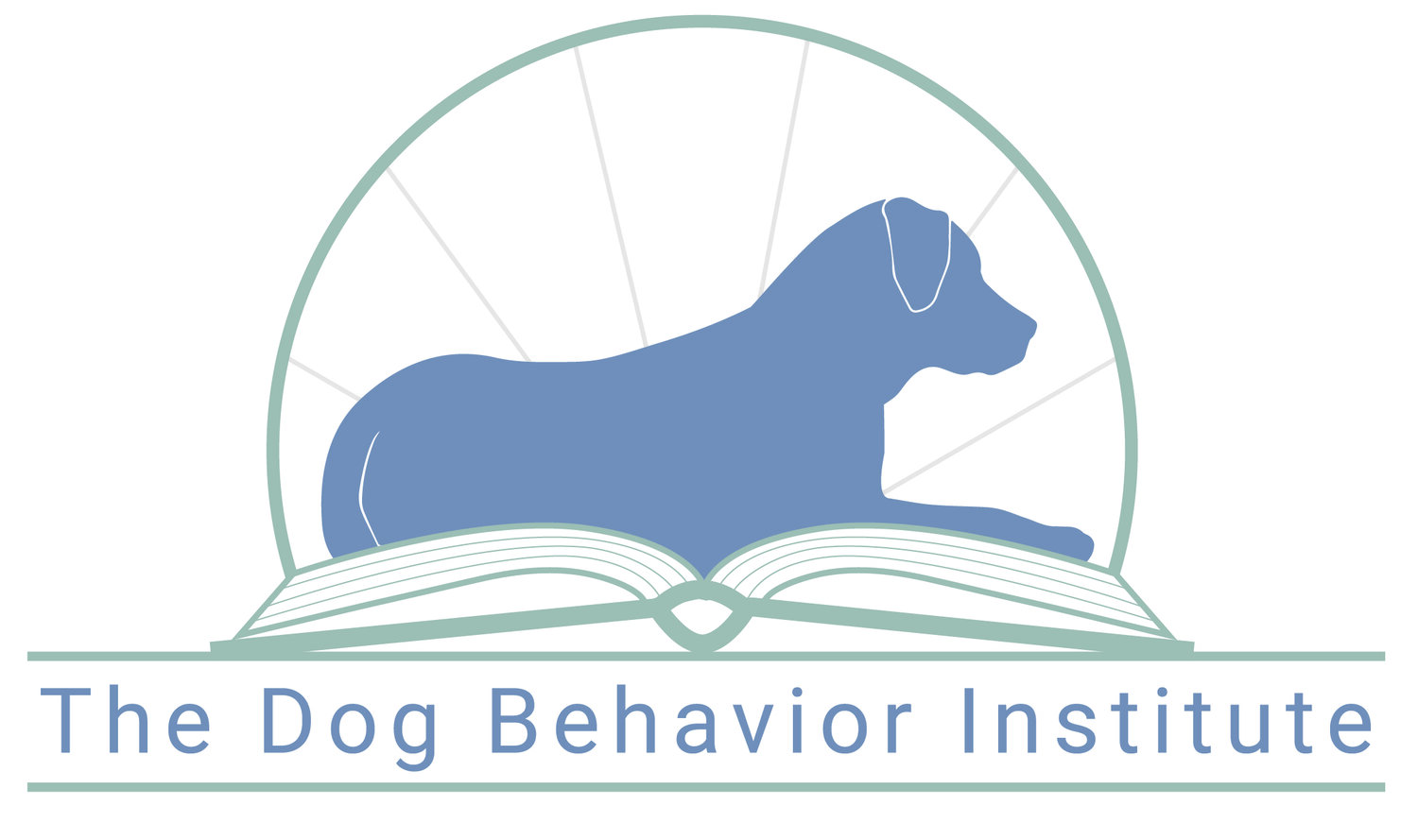I can finally lift my arm again, and how that relates to dog training
By Ran Courant-Morgan, M.S., LABA, BCBA
In January, we had a week or so where it kept snowing, warming up enough to melt the snow, freezing, and then snowing again. There was a beautiful layer of snow over everything… including, apparently, ice on the sidewalk. One morning, I slipped two separate times; the first time was just mildly embarrassing, but the second time I jammed my shoulder pretty badly. Two months later (I know! I waited far too long to ask for help!) it was not getting better and I finally got myself to see a doctor. After an x-ray confirmed that it wasn’t broken (and I spent a few hours wondering if I had actually been living with a broken bone for two months before looking for help), I was sent off for physical therapy.
At my first visit, I filled out a lot of paperwork that asked me to rate how much this injury was impacting my life in different contexts on a scale of 1-10. Then I met with Emily, who asked more questions about how I got hurt, where it hurt, and what I could and couldn’t do. She had me move around in different ways and tell her when it hurt. She measured how far I could move my arm in different directions. Then she had me do a couple of exercises and sent me home with instructions to practice daily and come back later that week.
What does this have to do with dogs?
Why am I sharing this on our dog behavior blog? Because, over and over again, I realized that, in many ways, this is what we do as behavior consultants. We sit down with someone who has maybe been dealing with an uncomfortable situation for longer than they’re realizing they had to. I could have gotten help months earlier - but I didn’t, because I just kept waiting for it to resolve; similarly, many of our clients have been waiting for it to get better, but things have often either stayed the same or, more often, gotten worse. We ask a lot of questions that might make little sense to the person we’re talking with, but can paint a very clear picture for us as behavior analysts. The very specific angles at which I can and can’t move my arm didn’t seem significant to me, but they helped pinpoint exactly what my injury was; with our clients, there are tiny pieces of the puzzle that can make everything come together.
I often ask my clients to train their dogs for somewhere between 3 and 10 minutes each day. It doesn’t sound like much. They nod enthusiastically and tell me it’s manageable and they’ll definitely do it. My physical therapy exercises should take me about 5 minutes a day. And honestly that is a hard 5 minutes to find. I need about three pieces of equipment and a moment in my day; as simple as that sounds when I say it, it’s easy to let it pass by.
But as I have gotten stronger and my shoulder has started to improve with my exercises, I’m finding it easier to do them. Perhaps it’s that I have woven them into my schedule - but I suspect that, instead, it’s because these behaviors have finally been reinforced. When I do the exercises, I find that I can reach farther without pain; the more I do, the farther I can reach. This is an important reminder that we need to find our own reinforcers.
What reinforces our dog training behaviors?
When we work with families and dogs who are struggling with behavior challenges, it can be clear that one reinforcer is for the problem to be “fixed.” But a “fixed” behavior, whatever that looks like in the situation, is often a long way off. That is not the immediate reinforcer for the work that you are doing in the meantime on your way there. So instead, look for the small reinforcers. What are the things that remind you that you are reaching just a little bit farther, and that it is just a little bit more comfortable when you do it?
For some of our clients, this might mean tracking data with a rating scale; for others, it’s just marking with a sticker on the calendar when a “good day” was - and it’s important to know that we all have different definitions of a good day. For some people, it’s noticing your dog’s tail wagging more just after the “click,” or noticing that after your dog eats their treat, they turn back to you faster and faster, as if saying, “Let’s do it again!” One person recently said that their dog is still barking at passersby at their front window - but it’s one small grunt instead of incessant barking, and their dog settles quickly after. The things that will make you feel successful may not be the same things that make others feel successful - but they are valid, important, and worth noticing. What are those little things that can help you see that you are making progress, one tiny stretch at a time?
Finally, even when I miss a day of my exercises, I am getting stronger. If you miss a planned training session with your dog - that’s okay! We are all working as a team towards a common goal. Maybe I would have graduated from PT faster if I had gone every day - but I graduated either way.

